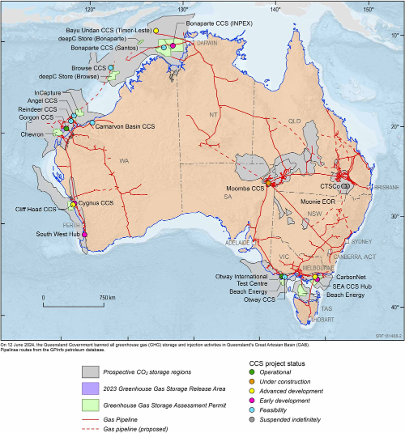What happens when LGCs and STCs finish in Australia in 2030? Planning for the next stage to generate new revenue streams.
- Decarbonology
- Oct 30, 2024
- 2 min read
As Australia’s renewable energy landscape is dramatically changing the option to engage with international carbon markets has now become a necessity. International carbon credit methodologies for renewable energy can be a game changer for Australian companies by providing a pathway for new revenue streams.
Large-scale generations certificates (LGCs) and small-scale technology certificates (STCs) are tradable certificates issued under the Renewable Energy Target (RET) to provide financial incentives for renewable, especially solar & wind energy installations. Due to the success of the scheme, they are now expected to be phased out by 2030. What to do next?
As Australia moves beyond the LGC & STC system, businesses are now looking at generating carbon credits using international carbon credit avoidance methodologies. Shifting to International carbon credits can generate a new revenue stream
Methodologies: Currently, there is no Australian carbon credit methodology that directly replaces STCs & LGCs as they are specifically tied to renewable energy generation. Internationally, carbon credit methodologies that generate credits from renewable energy generally focus on avoiding or reducing greenhouse gas emissions by displacing fossil fuel energy. The most widely used methodologies are;
1. Verified Carbon Standard (VCS) by Verra
2. Gold Standard
3. Clean Development Mechanism (CDM) by the UNFCCC access.
4. American Carbon Registry (ACR)
5. Climate Action Reserve (CAR)

Things to consider
Project Scale: The feasibility of replacing LGCs or STCs with carbon credits may be easier for larger solar or wind projects. Small-scale installations may struggle with the administrative and verification costs associated with generating and trading carbon credits.
Eligibility: To generate carbon credits, a solar or wind project would need to demonstrate that it avoids or reduces emissions compared to a business-as-usual scenario.
Market Demand: Depending on the demand for carbon credits, the company may find it more financially attractive to sell carbon credits to buyers, especially if they are targeting industries seeking to meet net-zero targets.
Certification: The company would need to ensure that its projects are certified by recognised carbon standards, as mentioned above, if participating in international markets.
With the end of LGC & STC registration in 2030, there could be new regulatory frameworks or carbon credit methodologies emerging in the coming years and to stay informed of developments.
Overall,, while replacing LGCs & STCs with international carbon credits is not straightforward for small-scale solar or wind projects, exploring carbon avoidance methodologies for larger-scale solar or wind installations or engaging with voluntary carbon markets could be a viable option for future developments to generate new income streams. It does however require careful planning, certification, and a clear understanding of the carbon markets the company wishes to participate in.
Decarbonology 100% owns, developed and registered Australia's first Verra afforestation project and is a leader in international carbon credits, valuation and certification. If you would like to know more we would be delighted to hear from you. admin@decarbonology.com www.decarbonology.com




Comments